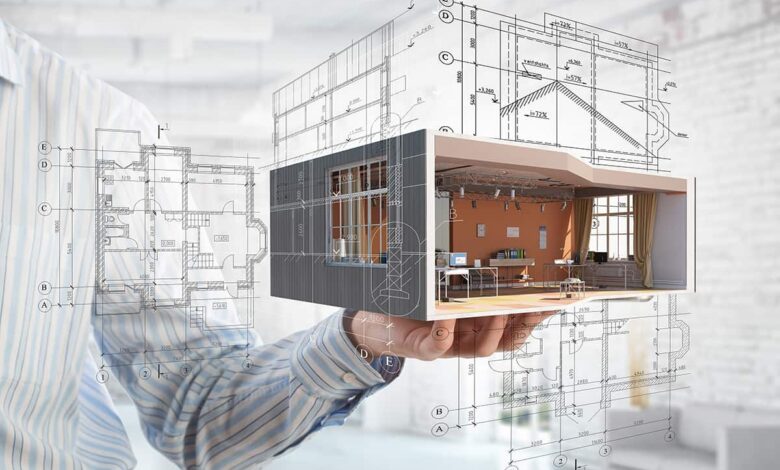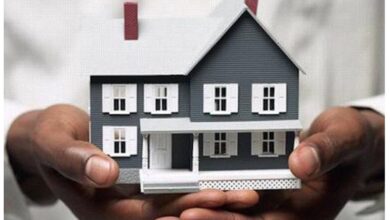The Art of Building: A Guide to Effective Architectural Design

Key Takeaways:
- Understanding the importance of blending traditional and innovative elements in architectural design.
- Practical insights into how architects balance aesthetic heritage and modern functionality.
- Insights from real-world examples showcasing successful integration of classic and contemporary styles.
Introduction to Architectural Design Principles
At the intersection of art and practicality, architectural design produces structures representing cultural values and impacting day-to-day living. Whether it’s the vast skylines of metropolises or the intimate charm of an architect in West Chester, the essence of architecture is to craft environments that invite and inspire. Architects are responsible for designing not merely buildings but experiences, blending creativity with practicality to construct structures that resonate on multiple levels.
The Role of Tradition in Architecture
Tradition in architecture provides a foundation, a rich legacy upon which modern design is built. It’s a powerful reminder of our history, telling tales of different eras through intricate details and time-honored materials. Elements like grand columns, arches, and elaborate facades beautify a structure and provide context and continuity. Incorporating traditional aspects enriches the narrative of buildings, tying them to cultural and historical roots and embedding a sense of place and identity that withstands the test of time.
Traditional architectural styles, such as the Gothic with its pointed arches and ribbed vaults, or the elegance of the Roman classicism, continue to be embraced for their enduring beauty and emotional impact. These styles often act as anchors in a rapidly evolving urban landscape, offering familiarity and a touch of nostalgia amid the new and novel environments.
Innovative Design Techniques
On the flip side, innovation in architectural design breathes life into these traditions, ensuring the field remains dynamic and responsive to contemporary demands. Modern architects employ cutting-edge materials like carbon fiber and ultra-lightweight composites to push the possible boundaries. Innovation is at the forefront, from skyscrapers that scrape the clouds to eco-friendly homes that blend seamlessly with nature. Innovative technologies are also increasingly pervasive, giving rise to intelligent buildings that adapt their environments for optimal energy use and comfort.
This seamless incorporation of technology enhances efficiency and opens up avenues for creativity, allowing designs previously constrained by physical limitations to come to life. This innovative spirit fuels the transition from traditional static structures to dynamic, adaptive spaces that can evolve in response to user needs and environmental conditions.
Balancing Aesthetic Heritage with Modern Functionality
Achieving harmony between traditional aesthetics and modern functionality requires a nuanced approach to design. Architects must delicately weave contemporary features into classic designs without compromising authenticity or utility. Elements like open-plan living spaces and flexible, multifunctional layouts are expertly integrated with traditional facades and historic detailing to provide comfort while preserving the essence of the past.
This balance is vital for creating beautiful and livable spaces that continue to meet the needs of their inhabitants. By respecting the past while embracing the future, architects can craft timeless structures that retain relevance for generations.
Challenges and Solutions in Modern Design
Architects face challenges in combining traditional and modern designs, such as strict regulations, budgetary pressures, and unpredictable demands in the construction industry. However, innovative solutions, such as modular construction techniques and green building practices, are emerging. These strategies prioritize efficiency without sacrificing quality, enabling architects to deliver high-quality projects that meet high standards. These advances benefit individual projects and contribute to broader efforts to enhance sustainability and accessibility in the built environment.



